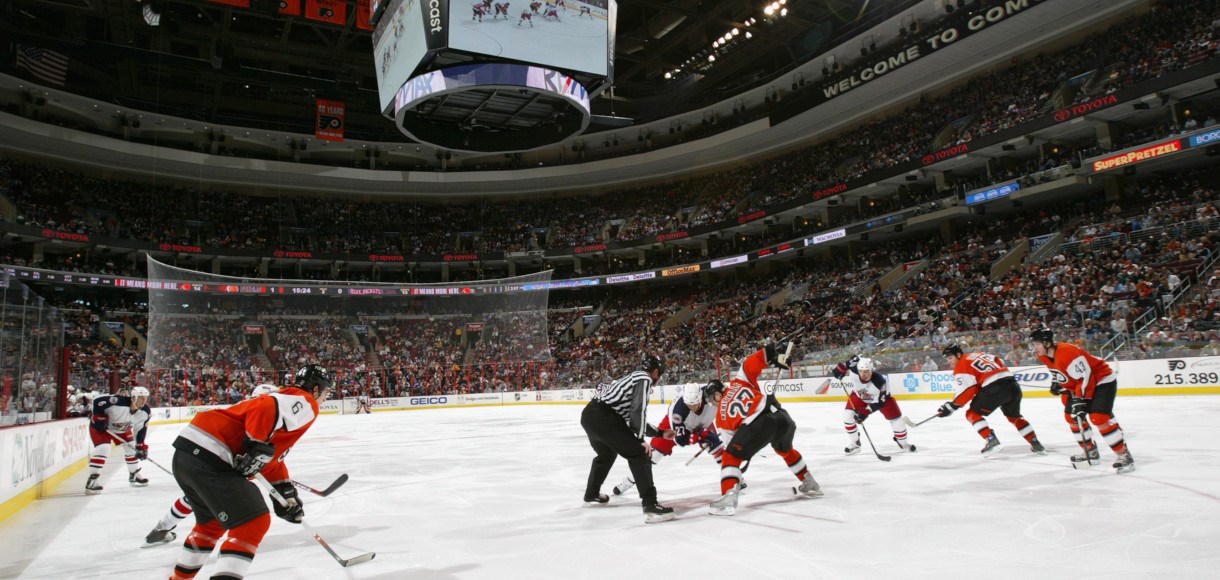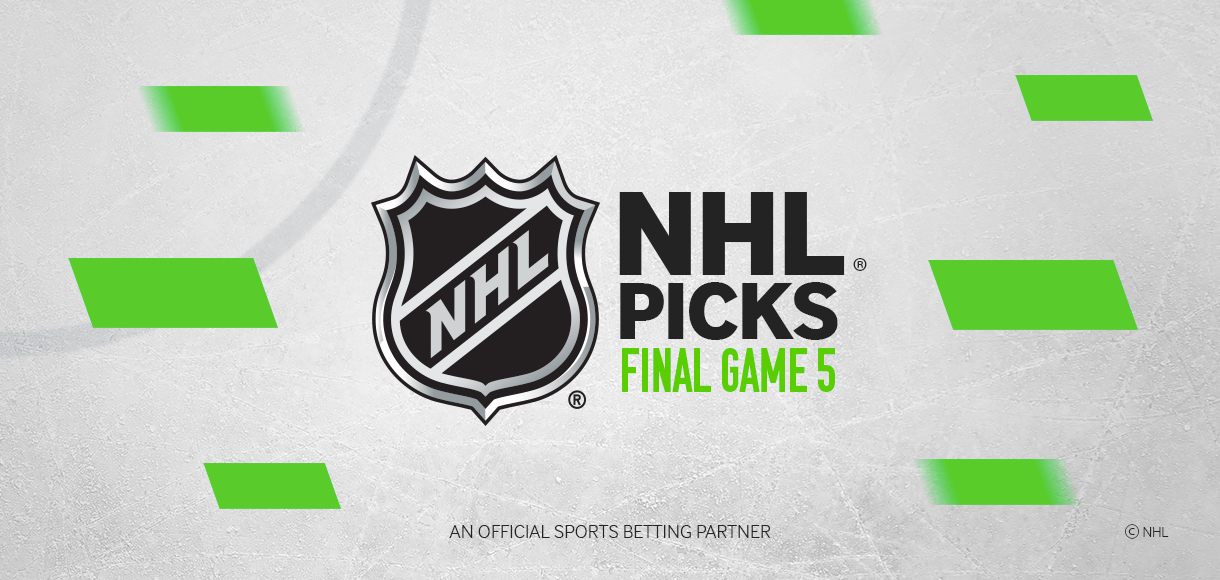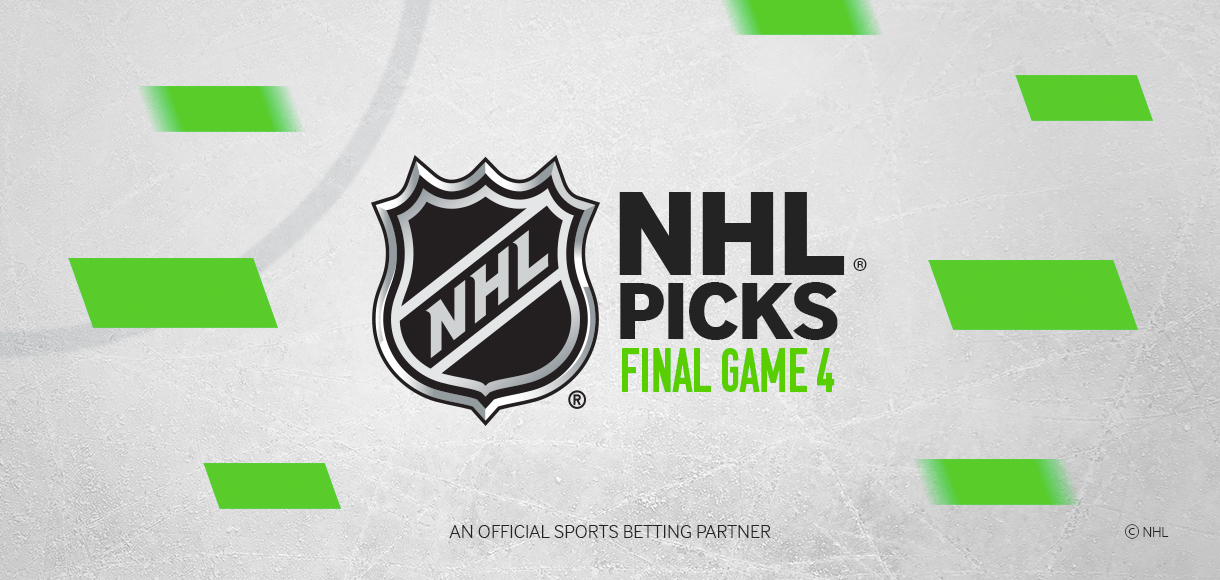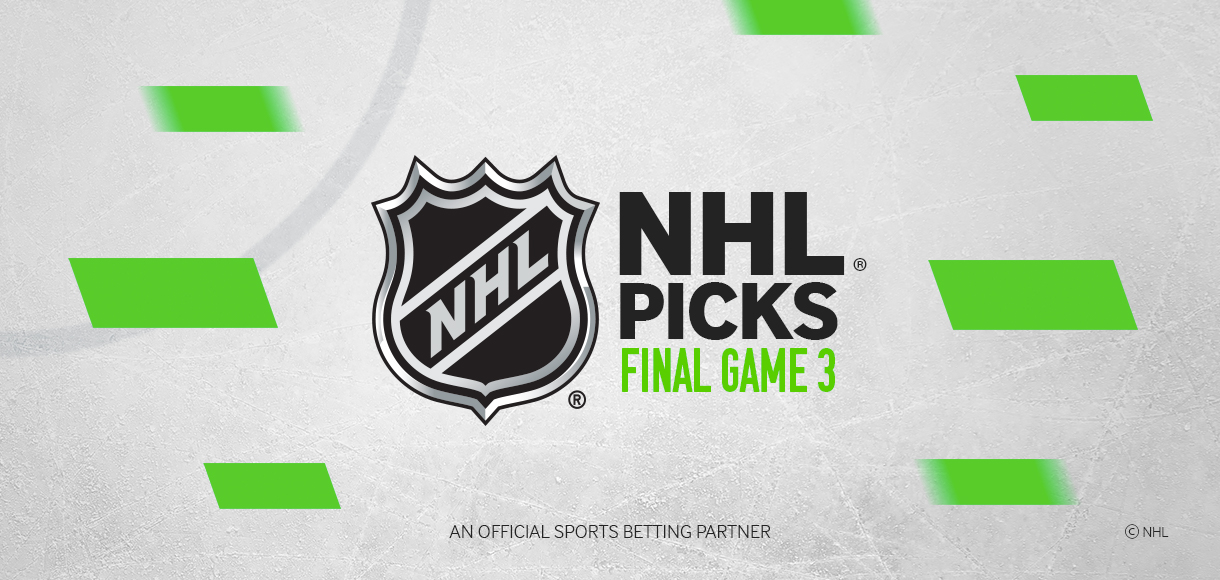How will big data change the NHL?

After 24 years of planning and six years of development, the NHL finally announced the introduction of trackable pucks across all fixtures.
Ice hockey has, until now, been slow to adopt new technologies, but the NHL’s embrace of big data will give managers and fans the same wealth of analytics information that has already transformed baseball, football and basketball
The technology being used to collect data is fitted inside the puck, within player shoulder pads and in sensors fitted around the rink itself. David Lehanski, Senior Vice President of business development at the NHL, is hoping that it can improve fan engagement and drive revenue for the league.
There’s also the small matter of making NHL Lines even more interesting, allowing gamblers to wager on even the smallest details of any given game.
But, beyond the bigwigs of the NHL, this information will also be useful for the players and the coaches, and hopefully serve to improve the game itself, giving everyone a better understanding of just what goes into playing professional ice hockey.
Here are the four main areas where big data could bring about the start of a whole new era for the National Hockey League.


Real-time performance assessment
As one of the world’s fastest sports, the speed at which ice hockey is played makes it difficult to see the full picture of what’s going on at any given time.
The most immediate benefit of big data is the abundance of analytics information it provides to the players, managers and coaches – some 2,000 data points per second across all tracking devices.
Information on puck speed, player possession, distance skated and many other metrics are live-streamed directly to managers’ devices throughout a game.
Giving rink-side management access to this data in real-time allows them to have better control over players during the games. If someone looks like they’re flagging, coaches can check the data to see the extent to which they have overexerted themselves and substitute them if need be.
Aggregating this data across an entire season can also help inform who to play and when, making it easier to plan tactics based on who is fit to play in each game.
This might be further enhanced by the introduction of AI. Using bots to follow regularly-used plays will help AI algorithms learn how plays should work, and provide detailed information on how to make improvements if they ever go wrong.
Player health and fitness
Fitbits and wearable health devices are huge business in the consumer market, but they’re just as valuable in sports, too.
While a trackable puck can guide tactics and in-play decisions, sensors within shoulder pads can provide vital data for monitoring player health and fitness. Information taken during games can feed into customised training regimes for each player, while additional wearables used during training can provide an even clearer picture of how to ensure players are at their best on the rink.
Considering its reputation for violence, there are few places where this information is more needed than the NHL, a league where nearly 51 per cent of players have missed a minimum of one game as a result of injury each season.
Using tech to stop players from overexerting themselves during training, or even anticipating injuries through machine learning, has the chance to make one of the most dangerous major sports in the world a lot safer.
Audience engagement
Although the league is set to rake in a serious cash injection from a new network broadcast deal for its games, fans’ interest hasn’t quite extended to getting butts on seats at the hockey arenas themselves.
Average attendance across the league has steadily declined over the last few seasons, but big data could stand to make going to the games a much bigger draw.
The NHL looks set to follow the NBL and MLB’s lead by feeding this data to audiences via an app, providing fans with a real-time guide as to what is happening on the rink. Having on-demand access to data on each player and play could be a godsend for a game where teams skate at an average of 20mph.
This info could be what hooks fans in, but an app could serve as a one-stop-shop for all game information, from parking availability to seating charts, or even the location of the nearest bathroom.
If this works as well as it has for other sports, increased fan engagement will also benefit the teams and the league as a whole, though it might sound a little suspect on paper.
Most uses of big data revolve around improving advertising opportunities, and data gathered from the apps will give the NHL a better idea of who’s coming to the games to support which teams.
As a result, they can tailor their sponsorship—whether that’s rink-side or even down to minutiae like the fastest shot of the game—to the preferences of their fans.
Discovering new talent
Each team plays 82 games per season in the NHL and, for such a high-energy sport, it can be nearly impossible to focus on one player at a time. As a result, data analytics and tracking could be a godsend when it comes to transfer season, giving competing managers a much better idea of who the star player is in any given team – and help them to make offers accordingly.
This could trickle down to the minor leagues, as well. With scouts seeing hundreds of games a year to assess hundreds of hockey players at draft level, finding new talent for the NHL can be extremely difficult business.
But, if the tracking systems work for the NHL, they could pave the way for smaller leagues to invest in similar technology, building up a database of past performance which could help coaches predict how players will progress in the seasons to come.
This democratisation of big data will therefore not only help teams assess their star players, but help them find future talent, too.




































